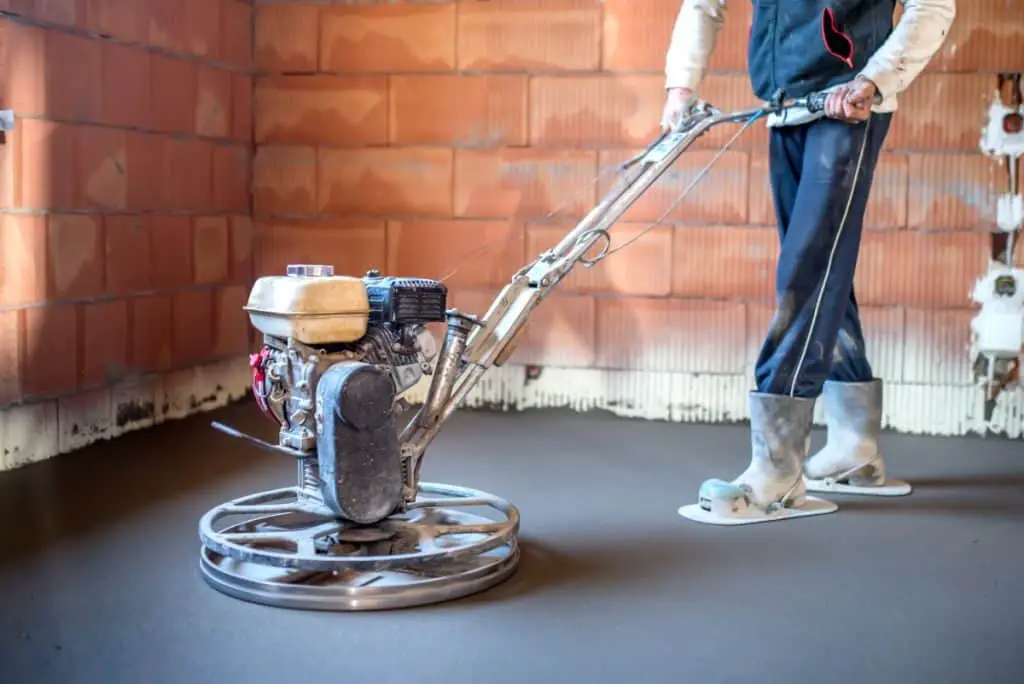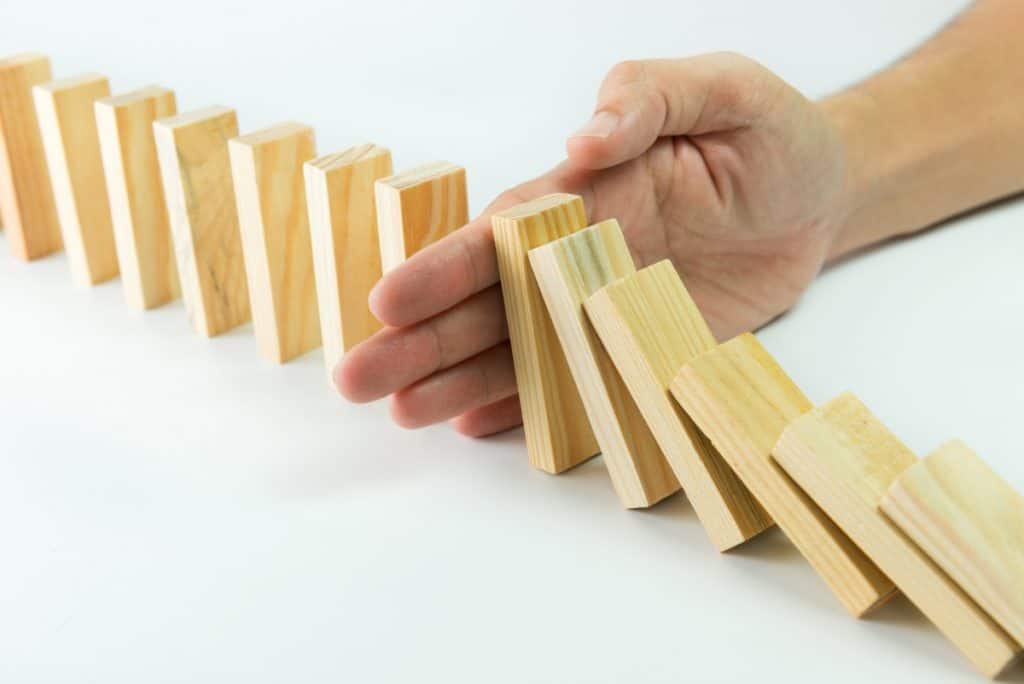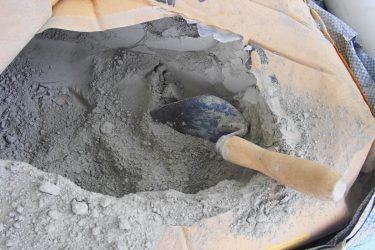In Shakespeare’s Julius Caesar, Caius Cassius remarks to his co-conspirator that “The fault, dear Brutus, is not in our stars but in ourselves that we are underlings.” He was talking about their subordinate to the perceived tyrant Caesar. Consider, perhaps, that the fault in your concrete is not in its mix, but yourself.
Several common mistakes can make the finished product of concrete less smooth. Troweling too much or too soon can draw water to the surface, ruining the surface of the concrete. Roughness and cracks can also be caused by an insufficient curing process.
But why is it that these mistakes can have such long-lasting consequences? Knowing the reasons can help you to understand how to best apply the optimal techniques when preparing your concrete surfaces.

Table of Contents
Troweling Too Early/Too Much
It’s difficult to tell when to start troweling and when to stop, especially for beginners. As a rule of thumb, your concrete is ready for troweling when you can stand on it and leave footprints that are only between 1/4 inch and 1/8 inches. Starting any earlier than this can, as mentioned earlier, draw water from deep in the concrete to the surface, potentially causing damage.
Of course, that doesn’t mean that you do no smoothing before this. As you pour the concrete, you’ll want to be spreading it and making sure it’s even. This is not the same, however, as troweling.
Just making the concrete even won’t necessarily help you get a smooth finish. All it will do is make sure that your concrete isn’t oddly distributed.
Another metric to follow is the amount of bleed water on the surface of the concrete. When you first pour the concrete, there will be a small amount of water on the surface that emerges naturally from the material. When this has all dried up, it’s safe to start working with your metal trowels.
Another disclaimer: The bleed water being gone is not the reason that the concrete is ready to be smoothed out. Applying a little extra Portland cement to the surface to dry up the water will do nothing for you. You have to wait until the water has dried naturally.
How Long Should I Trowel?
When it comes to how long you should be working on trowelling, a good thing to remember is that this doesn’t need to be a masterpiece. No matter how hard you polish concrete it will never become a mirror.
It’s okay if it isn’t all perfectly smooth when you’re done trowelling. In fact, many experts suggest that the final step of finishing should be using a broom to give the concrete a bit of texture. The smooth pavement is easy to slip and fall on, especially if it’s wet. Giving it a texture won’t harm the look, and it will help you to not harm yourself.
So trowel until it looks nice, but don’t obsess over it.

Not Helping Your Concrete Cure
I’m sure that you’re aware by now that concrete goes through two different processes while it’s entering its final form. It needs to dry, but it also needs to cure.
Curing is a process while the cement in the concrete reacts with sand creating the solid rock substance that we all know and love. This chemical reaction needs water for it to work, and if your concrete is dry too soon it won’t cure properly, and this can cause cracking, dusting, and other serious structural problems.
In order to facilitate curing, you need to make sure that your concrete has enough moisture. There a few things you can do to make this happen. You can pool an inch or so of water on top of your slab to keep water cycling through it, you can apply a chemical sealant to it, or you can sprinkle it with water every few hours.
Read more: Do You Need to Keep Concrete Wet During the Curing Process?
How Do I Fix My Rough Slab?
If the trouble with your slab is only surface deep, then solving the problem is simple enough! All you need to do is resurface your slab.
The first thing you’ll need to do is clear everything off of the surface you plan to fix. Then you’ll need to thoroughly clean off the entire slab with a power washer to get any dirt dust or grime off of it.
Once that’s finished you’ll need to get some resurfacing solution and mix it up according to the instructions on the bag. When mixed, it can be applied in one-foot squares, then scrubbed into the floor with a squeegee. When the resurfacer has filled the cracks, you’ll spread what’s left evenly across the floor.
You’ll then apply a non-slick finish with a broom and you can start curing it!
You can also just try to polish it. Intensely sanding your rough surface may take a long time, but for many people, this might yield good results, unless the concrete looks too rocky to begin with.
However, especially if you cured the concrete wrong, you might just need to remove the entire project and start over from scratch. For load-bearing surfaces, this can be especially important. If the structural soundness of a slab is compromised and it’s supposed to hold up heavy objects like cars or homes, not replacing it can have serious consequences.
That being said, contact an expert before making a decision like this. They can probably help you better understand whether or not you need to replace a pour.
Prevention
That takes all takes time, money, and effort though. Most people probably just want to prevent their concrete from coming out rough in the first place. If that’s your aim, there a few steps you can take aside from those listed above.

Screeding is where you take a board longer than the pour is wide and, using it, remove any excess concrete from the surface of the slab. This should be done while the concrete is being poured or right after, and it can be a big help for getting a smooth finish.
You can also buy and use better trowels. Magnesium floaters are generally the best available when it comes to concrete, as they are less likely to pull water up from inside the slab during the trowelling process.



